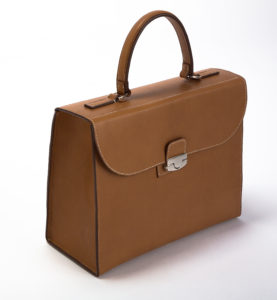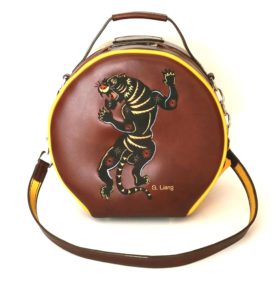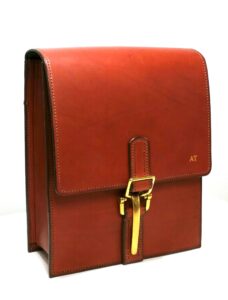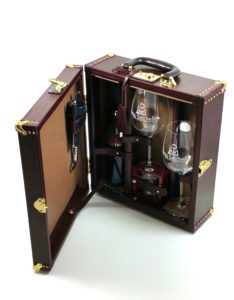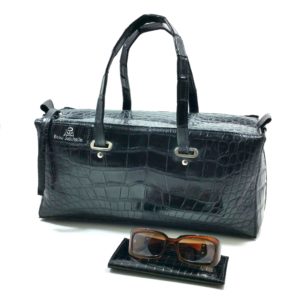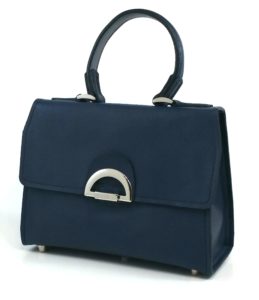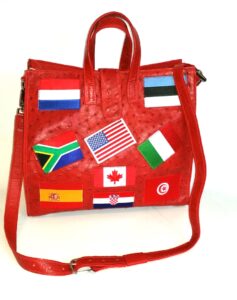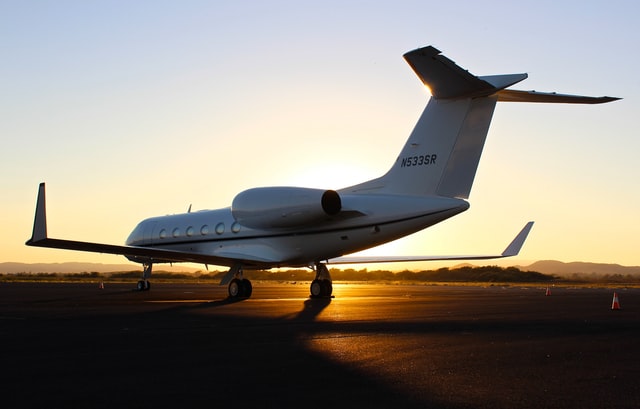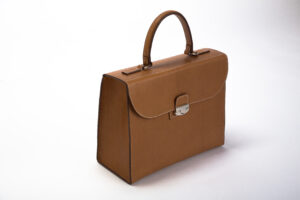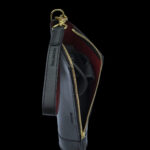The landscape of air travel is literally transforming before our eyes as cautious flyers make choices essentially driven by wellness and health safety. Since March, when air travel came to a halt, the industry has struggled to regain its footing and unfortunately, some commercial airlines may never recover from this devastating turn of events caused by the pandemic. Yet, the private aviation industry is experiencing a rebound and not just for transporting corporate executives to face to face meetings or delivering a family to a second home. Private charters are used for multiple reasons ranging from transporting royalty and government officials to valuable freight such as gold bars.
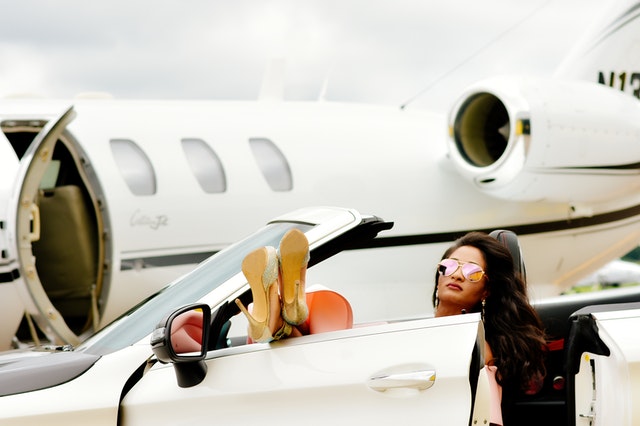
Travelers concerns with lessening the number of interactions with people whether in the airport terminal or on a commercial plane even if seats are purchased in the business/first-class section. Consumers are making lifestyle changes across the board that minimize contact – private villas for vacationing, boats and yachts sales are on the rise, increase in personal home upgrades, a comfort level in online purchasing for higher valued items and even the extinct drive-ins are making a comeback!
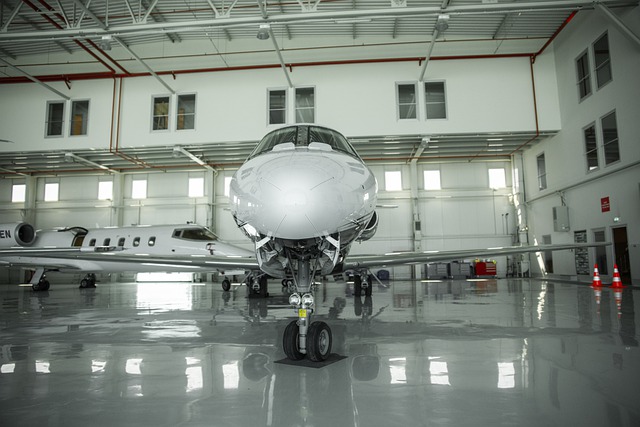
Prior to 2020’s pre-pandemic period, corporations and high net worth individuals selected private chartering as a viable option to fly stress-free with more control and options with regards to departure locations and destinations. Private operators have the ability to access more airports compared to large commercial airlines and change flight plans quickly. By-passing TSA security checks, in exchange for a quick ID check with the lead passenger, the plane is loaded and departure happens shortly from arrival. At some private airports, a passenger’s car (or private car service) pulls up to the aircraft for a seamless loading process for take off within minutes.
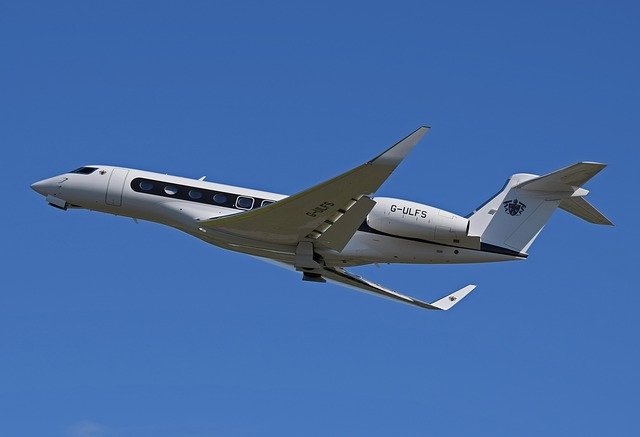
Excluding the super-elite group of multi-multi millionaires and billionaires, high net worth individuals are cautiously advised by financial advisors on the financial benefits of sole ownership of private jet due to the expenses related to the purchase of the plane, the employing of the crew, and the constant maintenance/upkeep. In general, the purchase cost of owning a jet can start at several hundred thousand dollars with annual operating costs that will equal or surpass that same amount. However, for individuals and businesses who place value on their time (unless your the owner/pilot), owning a private jet is an essential tool that eliminates the pain of waiting in lines, parking, long terminal walks, security lines, and the waits to board – unnecessary time wasters that can be used for making more money to offset the cost of a private plane.
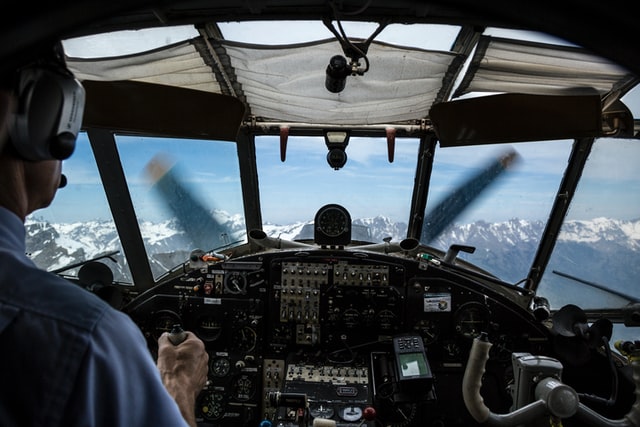
Whether you are a seasoned flyer or looking at your entry options, there are several items to be mindful of when it comes to the safety, health, and operations when decided on a charter company. Whether your executive assistant is arranging flight schedules, it’s the responsibility of your corporate flight department or you are partnering with a company’s concierge or a booking agent, knowledge is key in understanding the private charter industry.
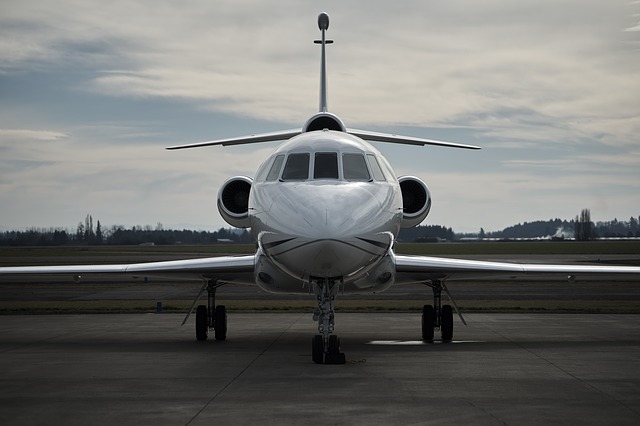
Besides the purchasing of a private jet, consider several options offered for discerning flyers which should be determined by the traveler’s geography (metropolitan vs. rural), logistics (i.e., number of passengers and carry-on baggage), travel frequency and flexibility:
· Fractional Ownership or Leasing – multiple owners share the costs of purchasing, leasing and operating the aircraft guaranteeing a number of accessible hours
· Private Jet Card – offered by large and small fleet operators and charter brokers that allow members to use different aircraft at (pre-paid) agreed-upon fixed hourly rates. Private Jet Card Comparison provides a comprehensive buyers guide to jet card programs
· Membership Based Plans – similar to fractional ownership plans but come with shorter time frames and less commitment; membership can end with the program at any time.
· On-Demand Charters or Pay-As-You-Go – clients have access to a fleet of private jets on a trip-by-trip basis. Offers a great deal of flexibility especially for travelers who need to book flights on short notice.
Charter Operators
· Net Jets
· Wheels Up and Delta Private Jets are now in partnership
· XO
· Flex Jet
· Jet Linx
Brokers
· Avinode
Categories of aircrafts for passenger travel:
· Very Light Jets – an entry-level jet that is ideal for one to four passengers for up to 2 hours of flight time
· Light Jets – will accommodate four to six passengers with modest baggage space and ideal for flights from 2 to 4.5 hours.
· Midsize Jets – five to eight passengers with adequate baggage space and flight time range from 3 to 6 hours.
· Super Midsize Jets – eight to ten passengers with generous baggage space and flight times range from 5-8 hours.
· Large and Heavy Jets – Will offer full standing headroom, galley and in-flight service for eight to sixteen passengers with substantial baggage space and flight times are in the 6-9 hours range.
· Global Jets – Large executive jets which offer intercontinental capabilities with all amenities of the large jet category including sleeping arrangements with substantial luggage space.
· VIP Airliners – up to nineteen passengers with substantial baggage space and considered the ultimate aircraft for private jet travel for worldwide tours.
· Turbo Props – six to nine passengers, used for quick trips between states or islands.
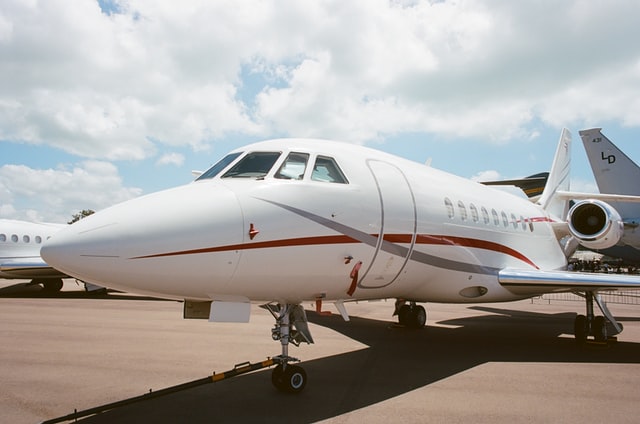
SAFETY
When researching charter companies, industry experts advise referring to the three airline safety certification companies:
1. International Standard for Business Aircraft Operations (IS-BAO) – issues three stages of safety management auditing
2. AR/GUS – certifies charter operators’ systems with three levels of ratings giving access to operators commitment to internationally recognized standards; AR/GUS also provides the flying public with a tool called TripCHEQ which provides up-to-date analysis to passengers’ upcoming flights with regards to their operator’s credentials and details on the operator, aircraft, and pilots
3. WYVERN – aviator consulting firm which rates operators on their work and commitment to the safety of their employees and clientele.
All operators who’ve obtained top safety ratings from each/all of these companies certainly conveys a commitment to a culture of safety to the charter flying passenger.
What about overseas trips and dealing with operators not held to the same standards? Overall air travel is safe, with the highest accident rates recorded in the Middle East, North Africa, Latin America, The Caribbean and the Commonwealth of Independent States in Eurasia (CIS) versus the safest regions of North Asia and North America according to 2008 statistics compiled by the International Air Transport Association.
What determine differences in safety? Basically, the hiring and training of employees from pilots to ground crew, airplane maintenance, runway conditions, systems to track radar, weather and communication, and lastly governmental oversight.
The U.S. and Europe have high standards, however, as more international borders begin to open to the U.S., according to this New York Times article, do your due diligence with aviation operators in other countries before you board and be prepared to walk away for your safety:
· Upon arrival, do your own Inspection– the professionalism of the flight crew, the appearance of the airplane and facility and be prepared to find alternatives
· Check the company’s references
· Check the FAA’s online aviation assessment
· Check credentials – Are they a member of a safety audit alliance? Have the office produce air operations certificate, insurance certificate, and pilot’s qualifications
· Google aviation communities for updates on carriers
· For peace of mind, expect to dig deep to obtain the best airplane and trained crew for exceptional service
HEALTH/SANITATION
As with any company that directly deals with the public, communicating current guidelines and actions taken are required. For private aviation companies, answering questions and addressing concerns about flying must be conveyed on all social media platforms in both words and pictures.
1. The process and duration of cleaning and disinfecting and explaining types of disinfecting products used
2. Financial Investment in aircraft cleaning
3. Bringing in fresh outside air
4. Pre-flight passenger screening
5. Testing employees and monitoring outside travel
6. Employing social distancing methods including interactions between passengers-crew and crew face coverings
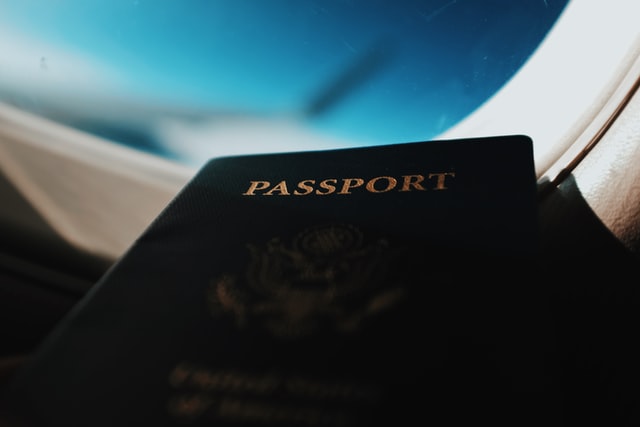
I want to express my appreciation to the industry experts who have provided a wealth of information including those who we follow and follow us on social media platforms. I write this blog in a spirit of optimism and anticipation for our readers who travel to eventually have the opportunity to explore the world again through the luxury of private flight. -AJ
Share your thoughts in the comment section below or on Twitter!
Thank you to the following sites for providing data and tips
New York Times – How to Check the Safety of a Charter Airline
International Air Transport Association
Air Partner – Aircraft Guide
Access Jet Group – Adam Hasiak, The future of Private Jet Travel and Private Jet Travel Offers Greater Reliability and Safety During Covid-19 Pandemic
Hat Tip to the following photographers:
Skeeze – gulfstream in flight
Chris Leipelt – gulfstream on tarmac
Timothy Newman – private jet in Singapore
Chalo Garcia – Woman, car, private jet
Laurent Perren – Pilot
Engin Akyurt – Airplane in Hanger
Windwalkr – front view of a Falcon jet
Blake Guidry – passport
SHARE POST
Customer Favorites
